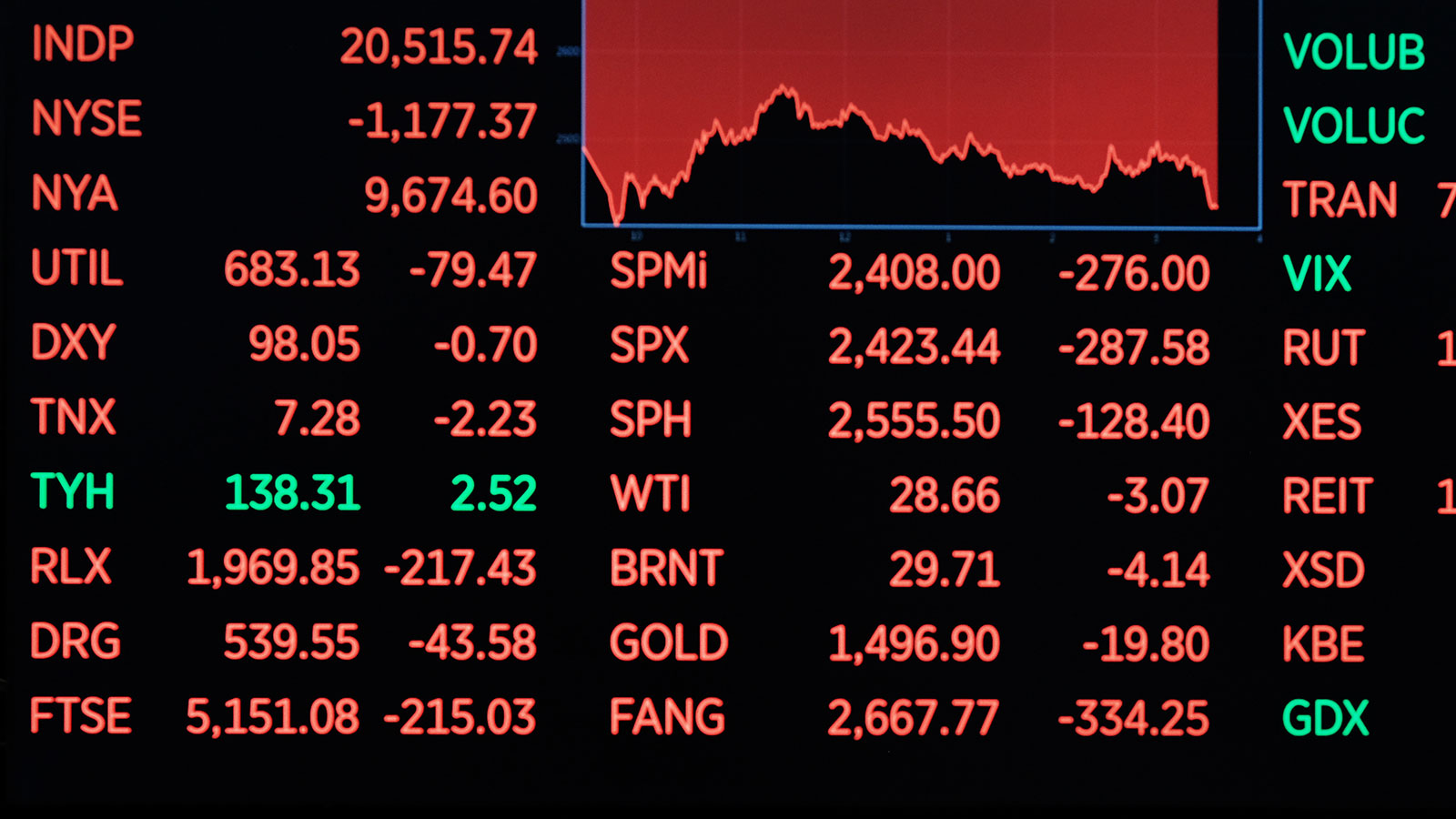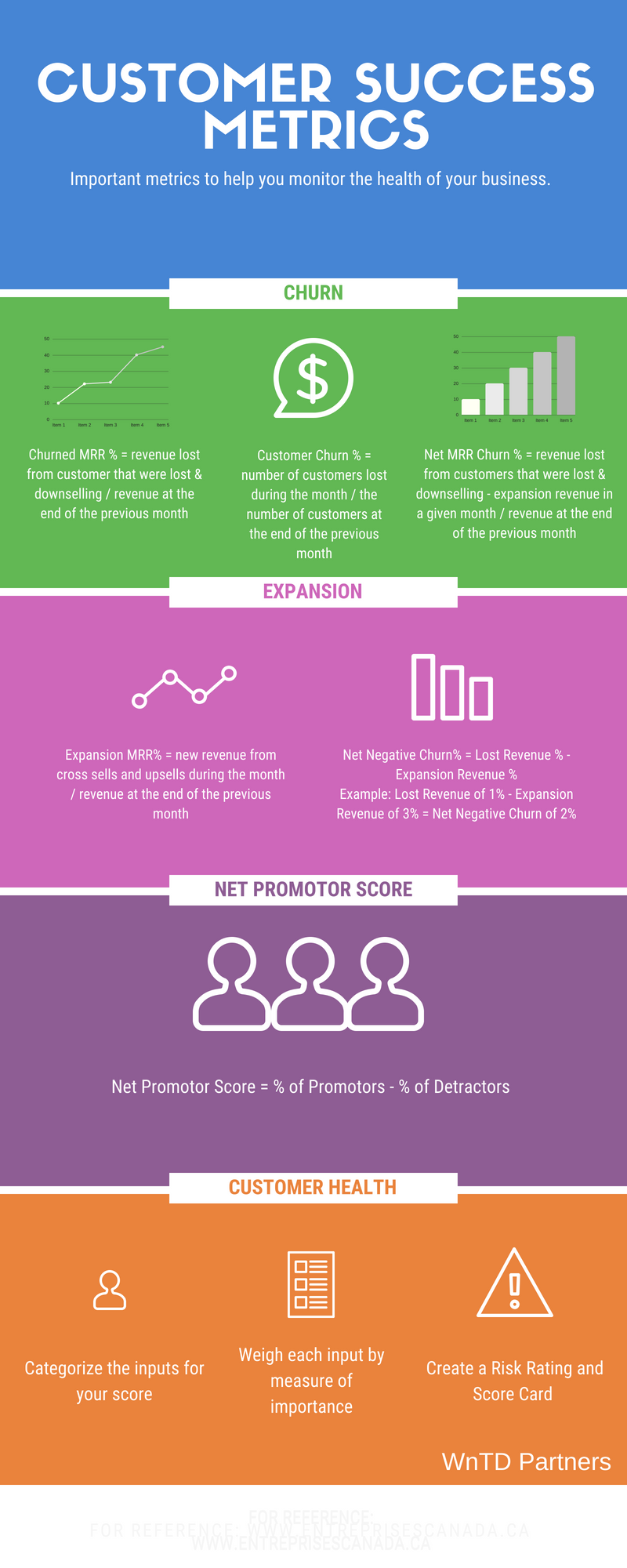Metrics used to evaluate the performance of corrected precipitation
Table of Contents
Table of Contents
When it comes to financial performance, evaluating metrics is crucial to understanding how well a company is performing. But with so many different metrics out there, how do you know which are the most important to focus on?
Companies face various challenges in determining which metrics to evaluate financial performance. They worry about evaluating the wrong metrics that may not reveal a company’s true financial standing or falling into the data trap that invalidates decision-making. But metrics can also be leading indicators of challenges that may surface, grow, and threaten the company’s growth and sustainability.
The main goal of metrics to evaluate financial performance is to help stakeholders make informed and accurate decisions about a company. Metrics are used to obtain data, improve transparency, track goals, and evaluate the effectiveness of different strategies. With the right metrics, stakeholders can assess the company’s financial health and growth potential, identify areas that need improvement, and create a strong foundation for future success.
Metrics to evaluate financial performance are crucial, and it’s essential to know which metrics to focus on. In this article, we will discuss some of the most important ones that companies should consider.
Return on Investment (ROI)
ROI is a common metric to evaluate financial performance. It is used to measure the profitability of an investment relative to its cost. ROI is calculated as a percentage of the investment’s profit divided by the investment’s cost. For example, if a company invests $100,000 in a project and earns $120,000 in profit, the ROI would be 20%. This metric is valuable because it provides a clear measurement of profitability and helps stakeholders understand if an investment is worth the cost or not.
One personal experience where ROI was beneficial was during the company’s decision to purchase a new piece of machinery. The company calculated the ROI using the machine’s projected output, cost, and maintenance cost, showing that the investment would pay off in 22 months. After the purchase, the ROI metrics proved correct, and the investment was profitable for the company.
Revenue Growth Rate
Revenue growth rate is a percentage increase in revenue over time. It is a powerful metric because it shows how well the company is performing, and if it vitalizes growth. A company’s year-over-year revenue growth rate helps compare performance and identify gains or losses. It portrays how well the company is performing in acquiring new customers or expanding existing business segments.
One personal experience with revenue growth rate was when one company acquired a new client in the hospitality niche. The company experienced a 60% increase in revenue in just one year. As this metric was important to track, the company could see the substantial shift in revenue and focus on developing more content specifically for that niche.
Debt to Equity Ratio
The debt-to-equity ratio is a debt ratio used to measure the firm’s risk. This ratio is calculated by dividing a company’s total liabilities by its shareholder equity to determine what portion of the company is financed by debt. This metric is essential for understanding the company’s financial stability because a high ratio indicates that the company may be at risk of financial problems.
One personal experience with debt-to-equity ratio was seen when a company’s bank required that the ratio be improved within the year. The company had a high debt-to-equity ratio because their growth and expansion strategy was debt-financed. Instead of not adopting an expansion strategy, the company decided to find ways to get equity funding, and it became a better-capitalized business.
Net Profit Margin
Net profit margin is used to calculate profitability after deducting all expenses, including taxes and interest. It is calculated by dividing the net profit by revenue. It is an essential metric because it provides an indication of the company’s ability to generate profit from its operations regardless of its financing decisions.
One personal experience with net profit margin was when the company cut down on its expenses as the net profit margin was low. The company evaluated all purchase decisions and cut costs. The consolidation efforts paid off, and the company’s net profit margin improved the following year.
Question and Answer
What is the most important metric to evaluate financial performance?
There is no steadfast rule on the importance of the metric in evaluating financial performance. However, the Return on Investment (ROI) metric is essential in determining profitability and evaluating investment returns.
What is the best strategy in selecting the most critical metric to evaluate financial performance?
The best strategy is to set company goals, break those down to actionable objectives, and track metrics that align with those objectives. By aligning with the goals, the metric’s analysis becomes a credible tool for business decision-making.
How does using more than one metric provide a better assessment?
By using more than one metric, a company can have a comprehensive view of their finances using both financial and operational metrics. Using a better assessment strategy to avoid single-focus analysis, enabling company leaders to make informed decisions.
What are some of the challenges a company may face while evaluating financial performance metric?
The challenges may include how to extract data, ensuring the data quality, analyzing data visualization, selecting the right metric, comparing and benchmarking results, and applying results to inform and drive strategic decisions.
Conclusion of Metrics to Evaluate Financial Performance
The right metrics to evaluate financial performance provide useful insights into how well companies are performing in the short and long term. Companies need to understand which metrics are essential to their needs and align them with goals and objectives. Focusing on metrics improve analysis and inform quality decision-making. However, there are challenges with choosing applicable metrics that show the company’s financial standing. Nonetheless, taking a strategic approach to implementing suitable metrics to evaluate financial performance goes a long way in achieving success and sustainability.
Gallery
Project Of The Month | Mobius Consulting

Photo Credit by: bing.com / metrics kpi metric measure business security measuring project financial compliance data resource guide stats coming program vrops enable hidden properties
21 Employee Performance Metrics - AIHR

Photo Credit by: bing.com / metrics aihr organizational
Metrics Used To Evaluate The Performance Of Corrected Precipitation

Photo Credit by: bing.com /
What Are Accounting Ratios? Definition And Examples - Market Business News

Photo Credit by: bing.com / ratios accounting financial definition meaning different they list examples types business market
Financial Performance Indicators | Download Table

Photo Credit by: bing.com / indicators






